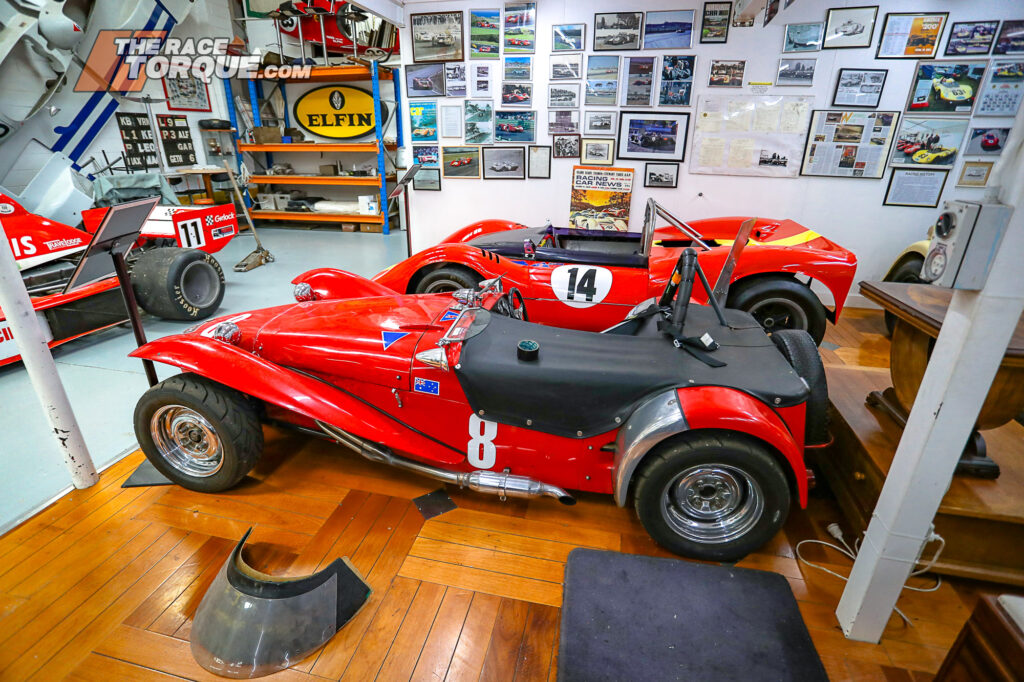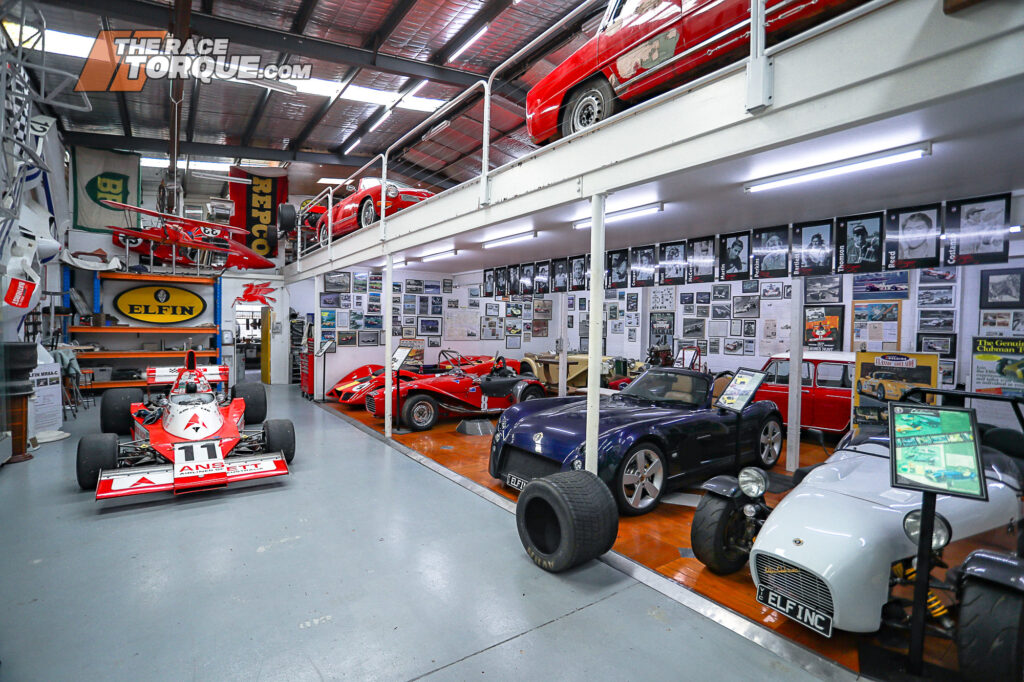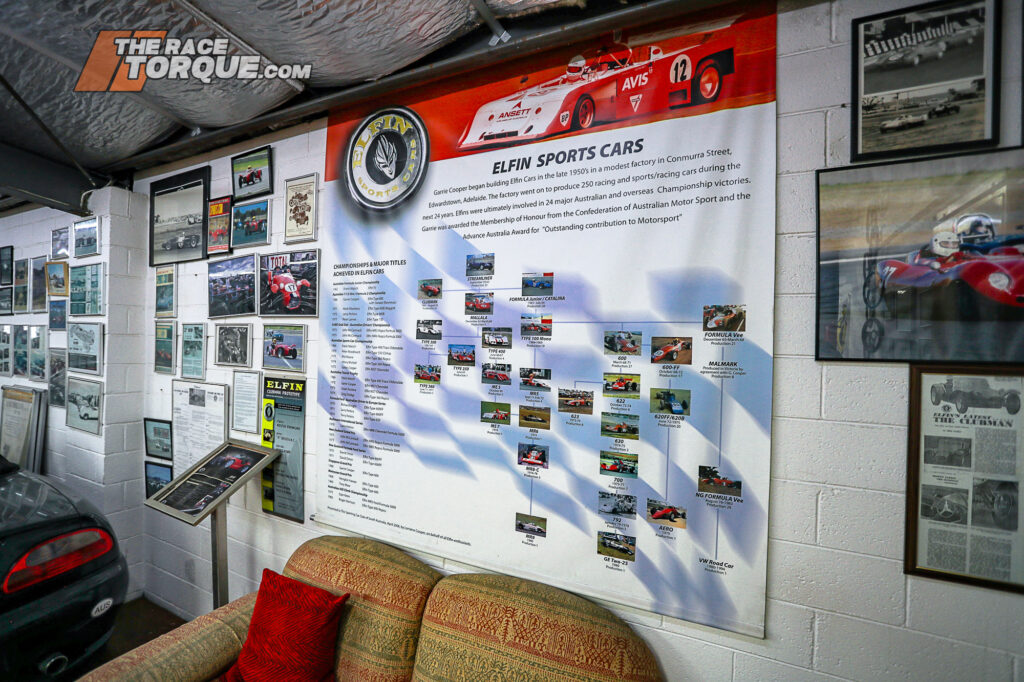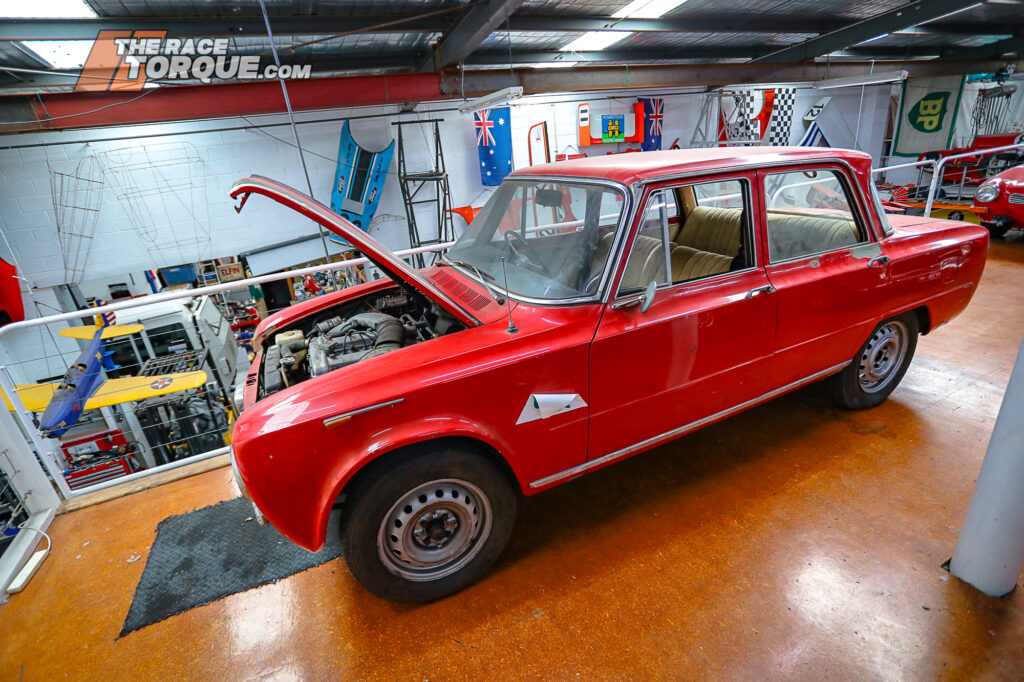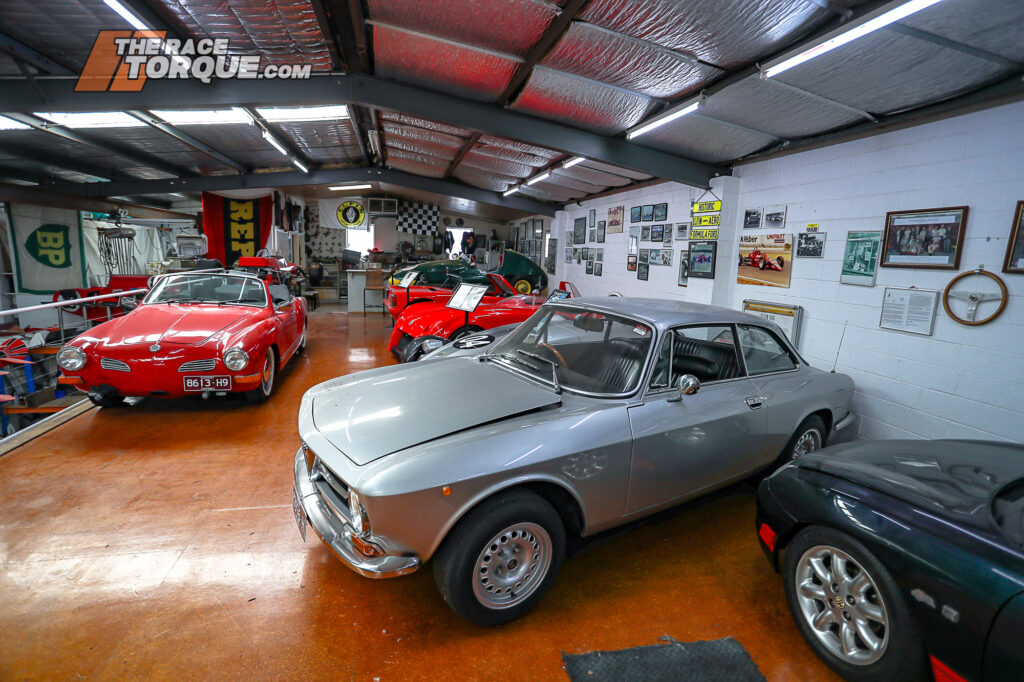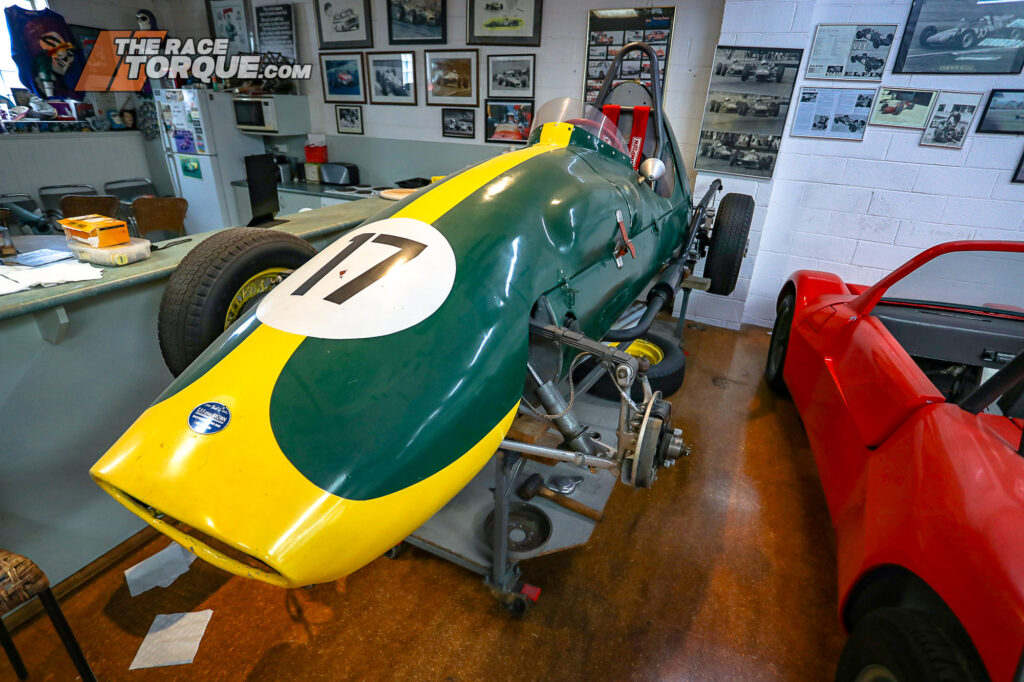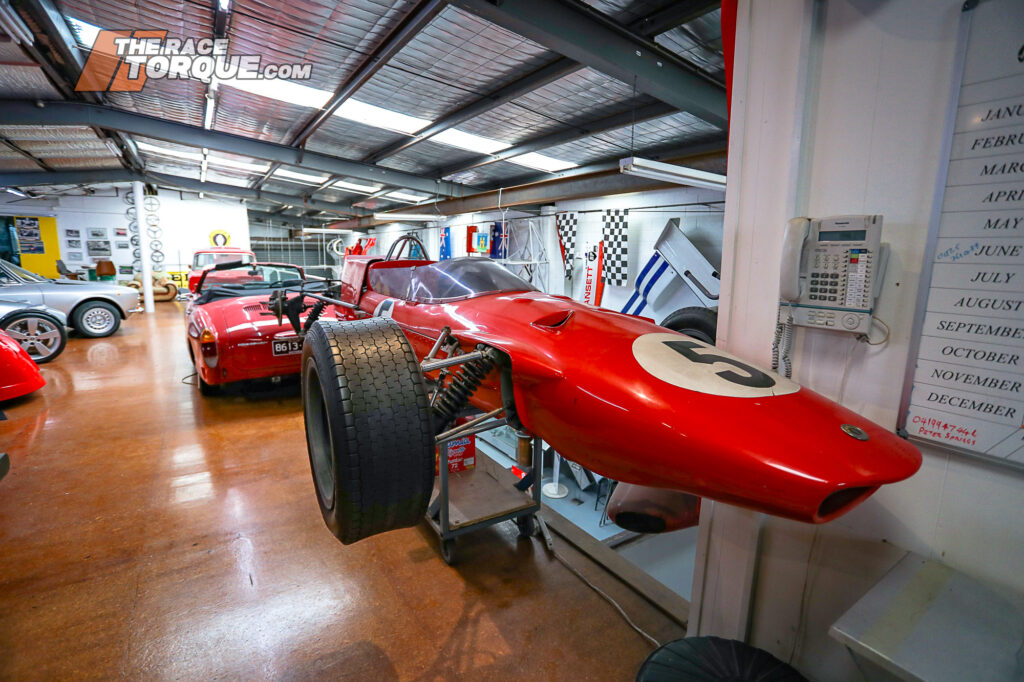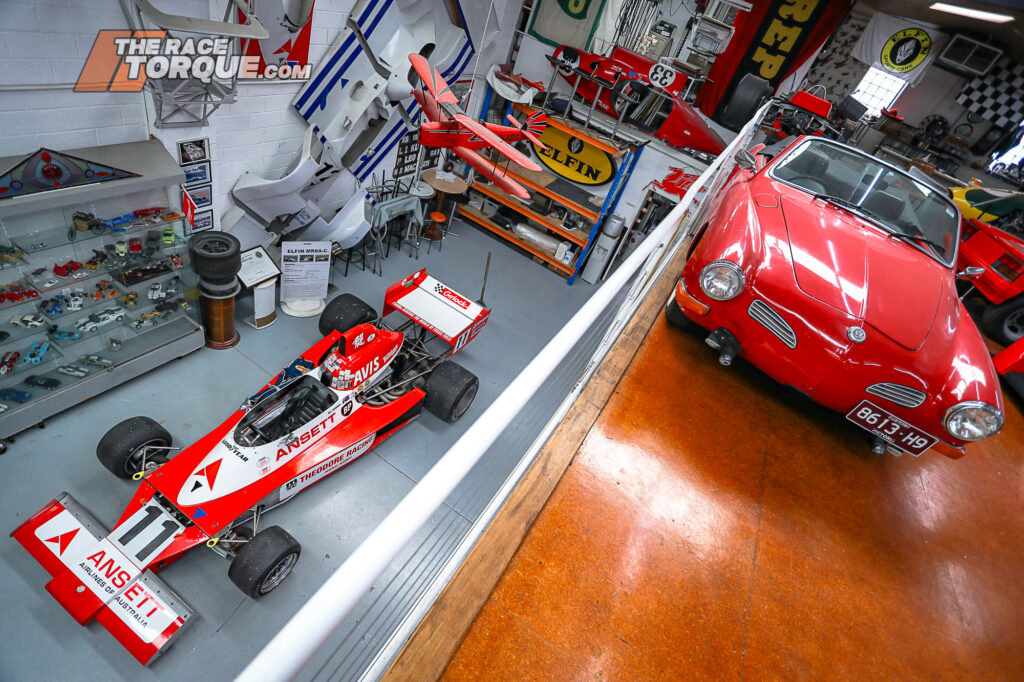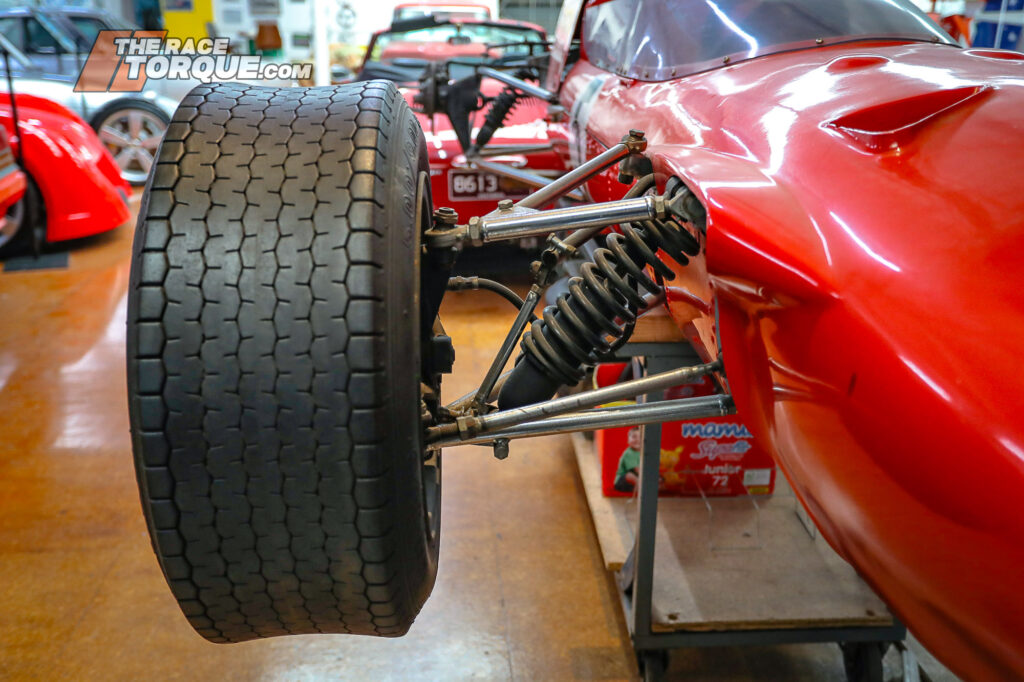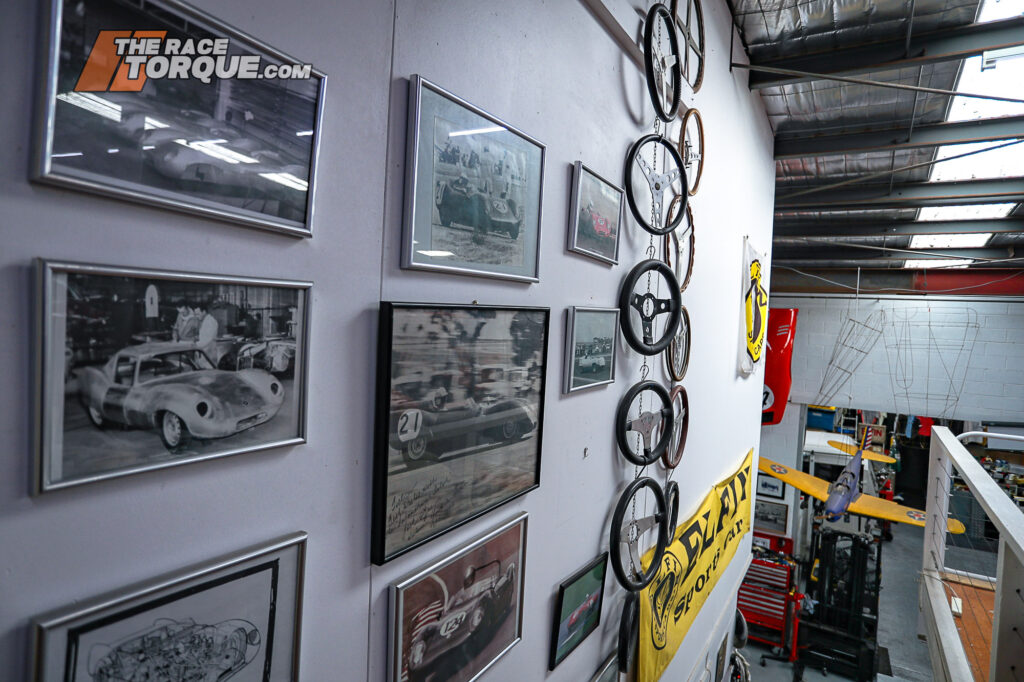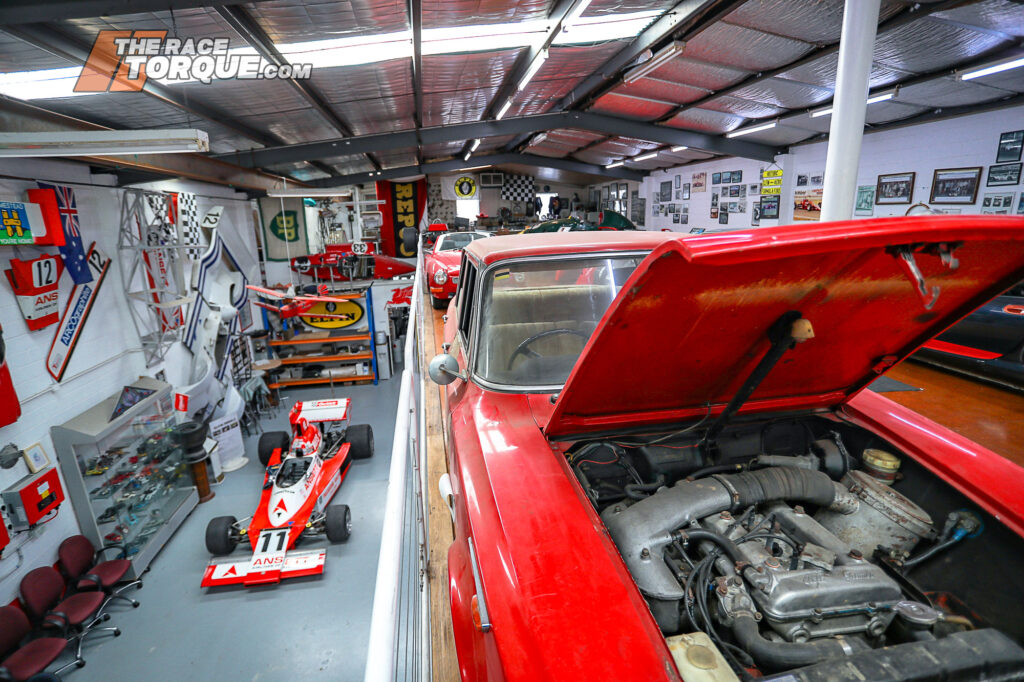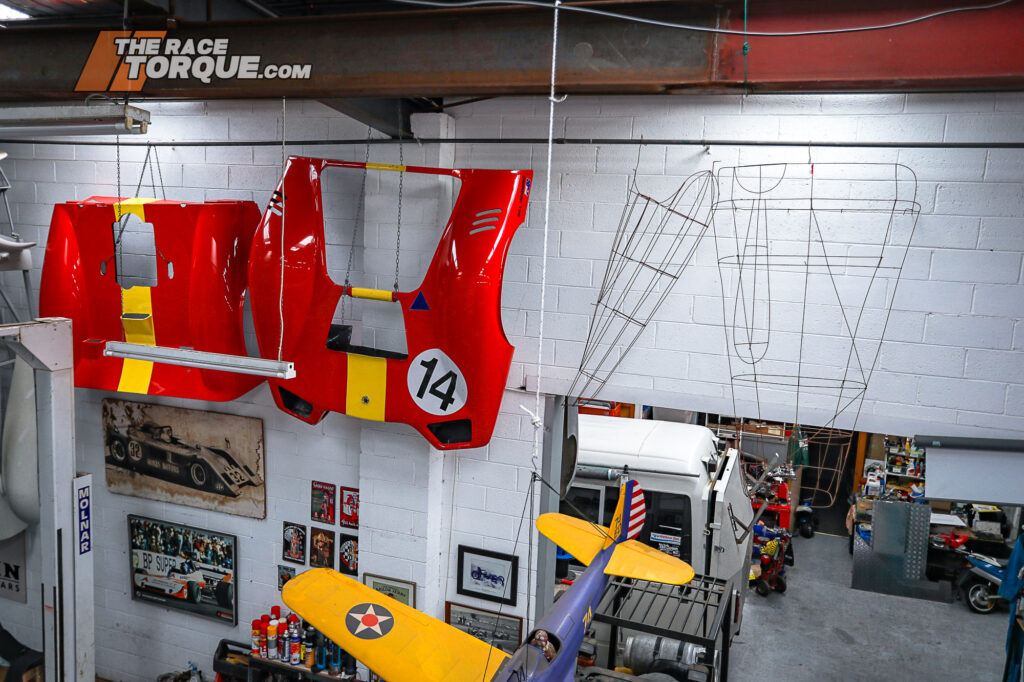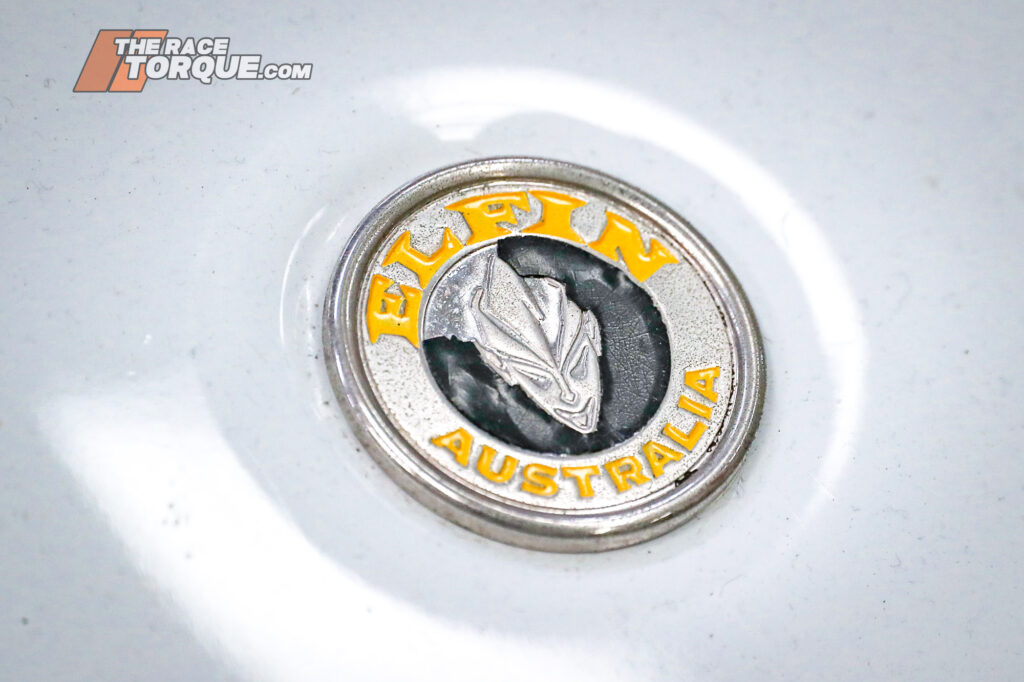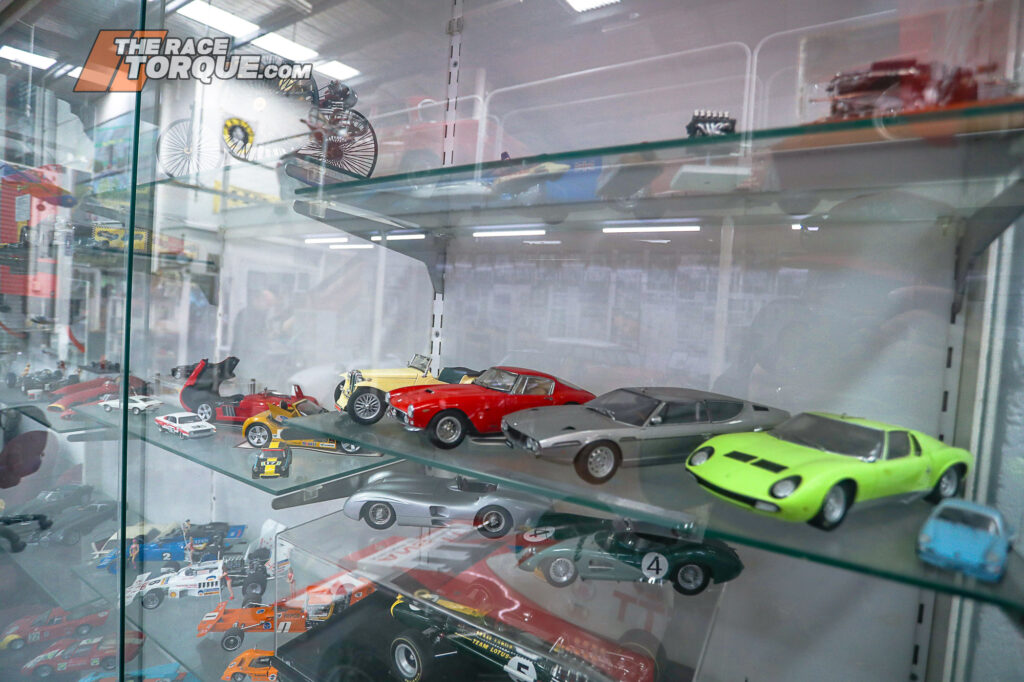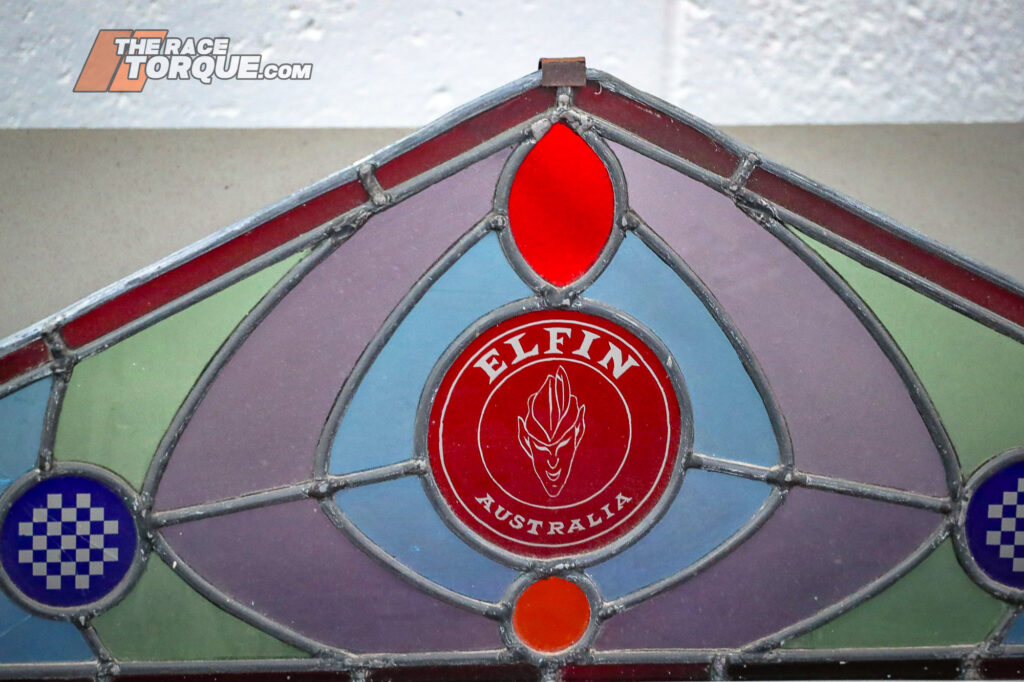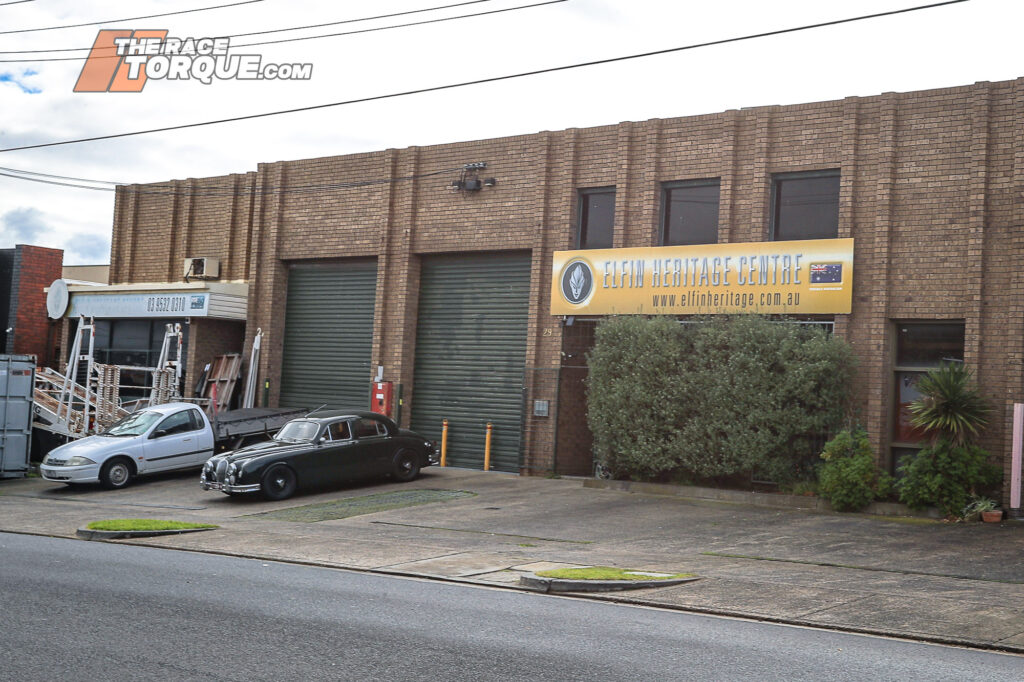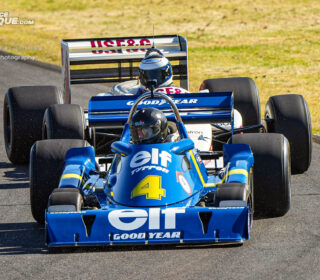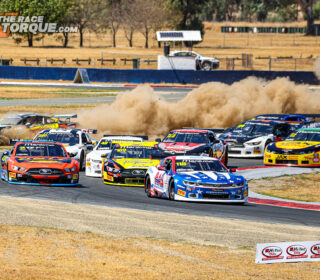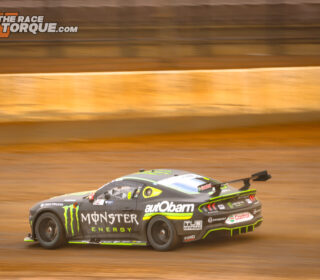Elfin Heritage Centre: A Must-Visit
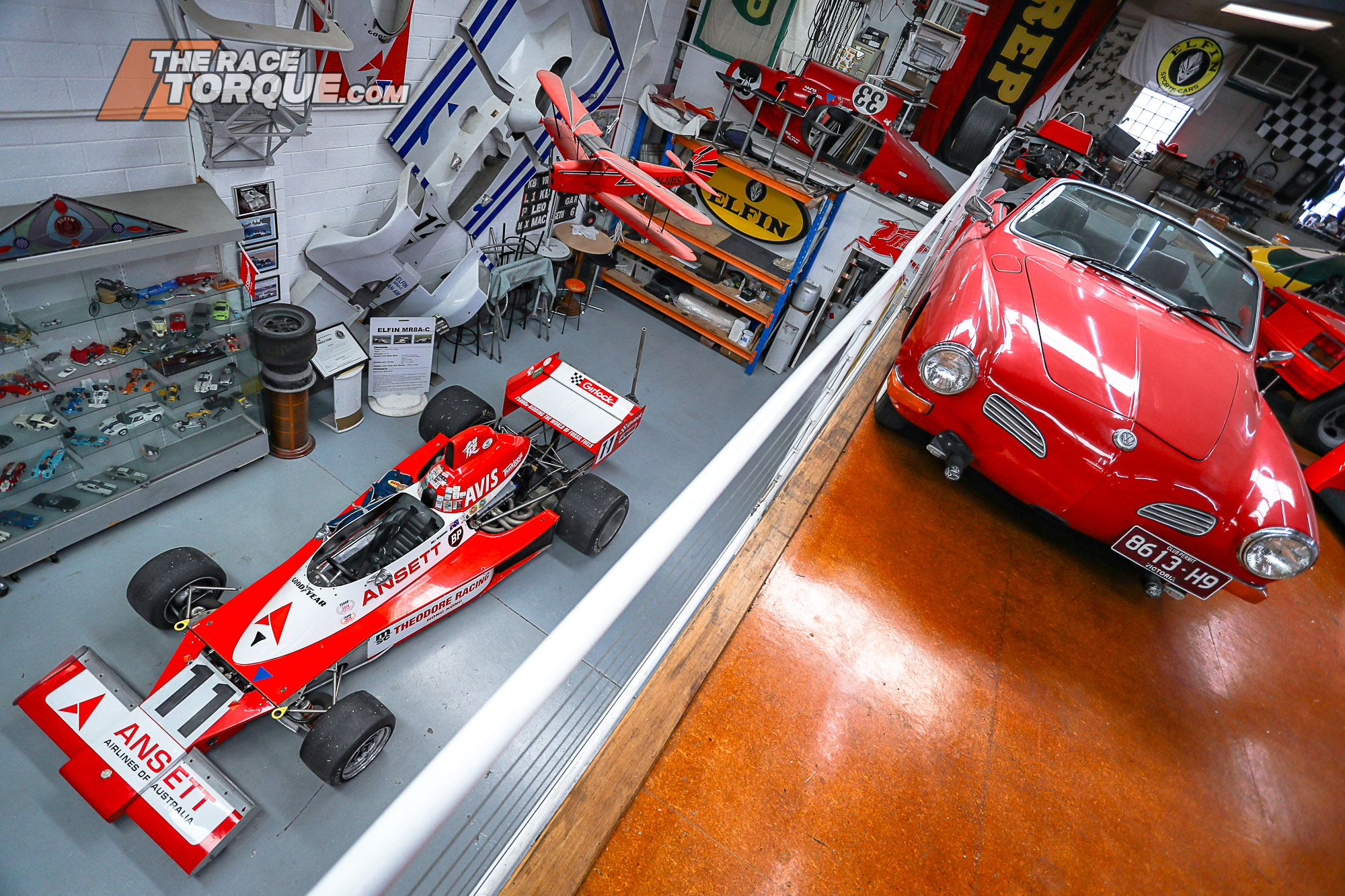
In the suburbs of Melbourne sits a treasure trove of Australian motorsport history, celebrating one of our great homegrown success stories: Elfin.
Enter the Elfin Heritage Centre, as operated by the marque’s custodian Bill Hemmings, featuring a selection of competition and road-going machinery from across the decades, plus a remarkable collection of memorabilia paying tribute to the company’s legendary founder Garrie Cooper.
The Centre opened in 2007, and in addition to being a showcase for the brand, the workshop portion of the facility features a massive selection of the original moulds and tooling, as depicted below, ensuring the historic fleet’s ongoing race-worthiness.
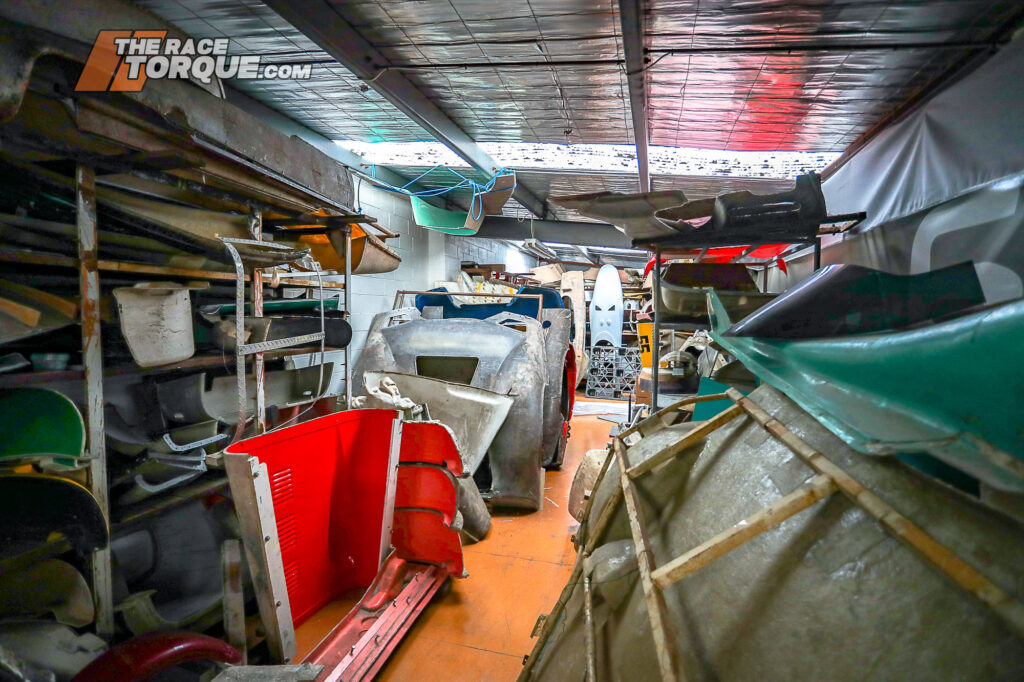
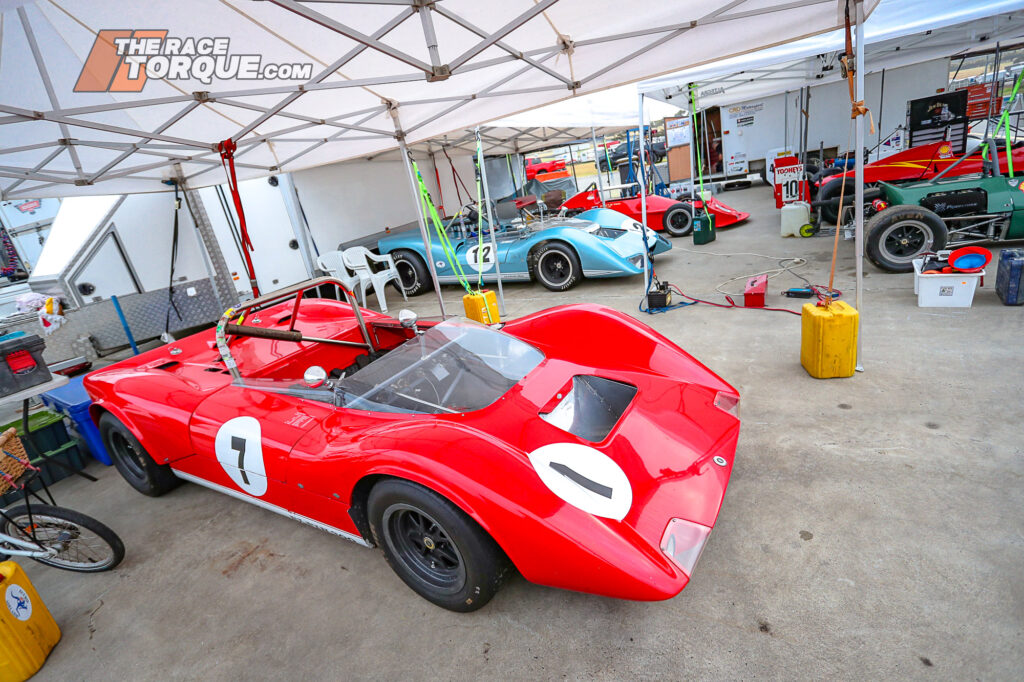
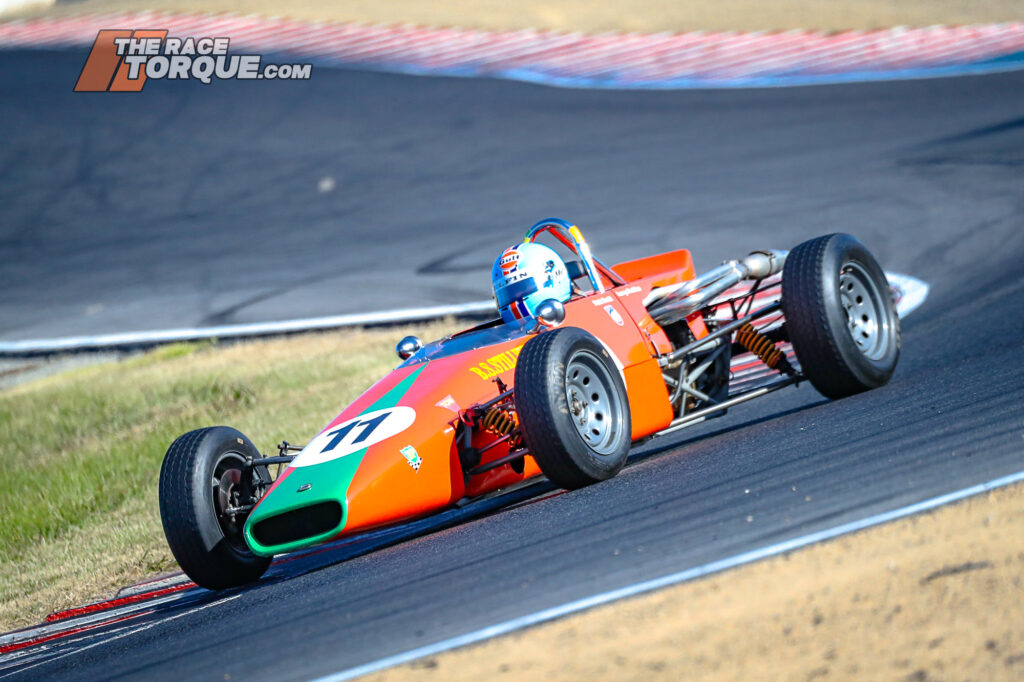
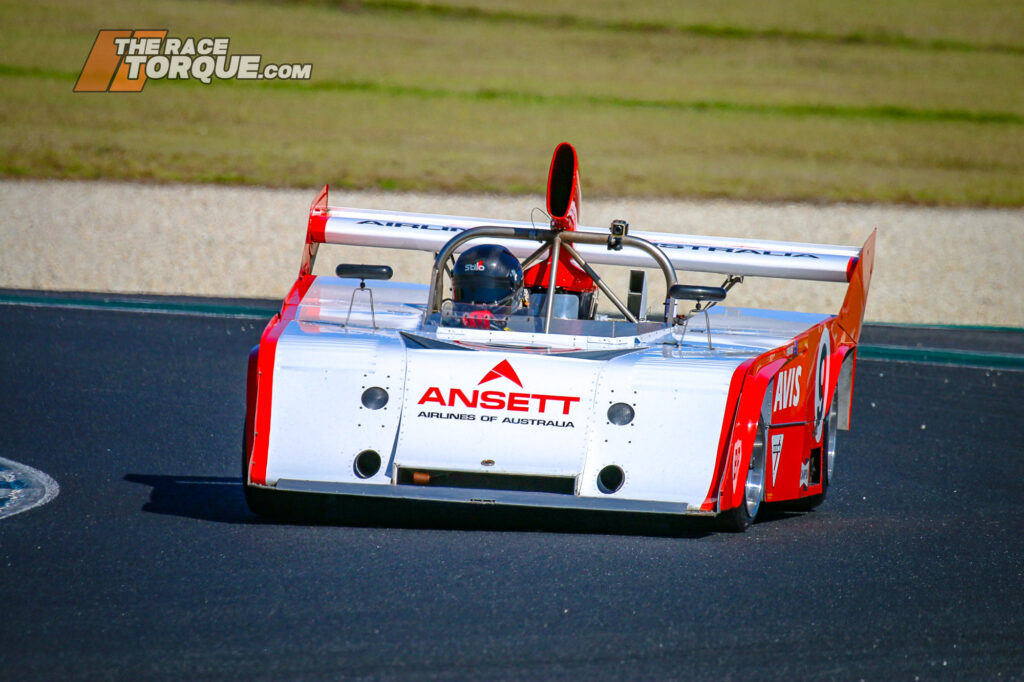
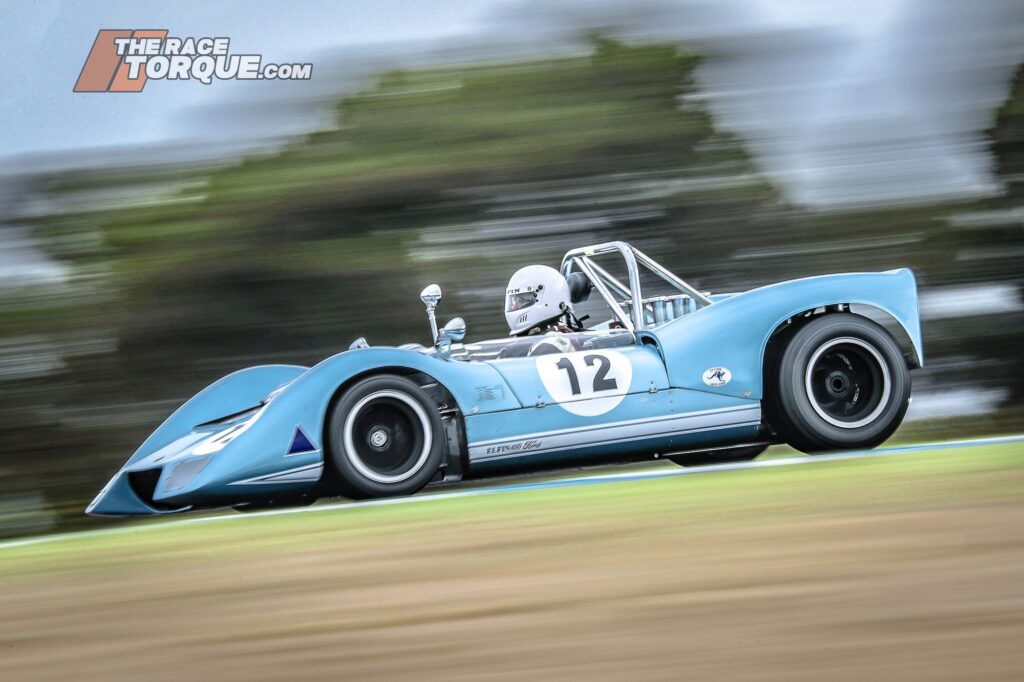
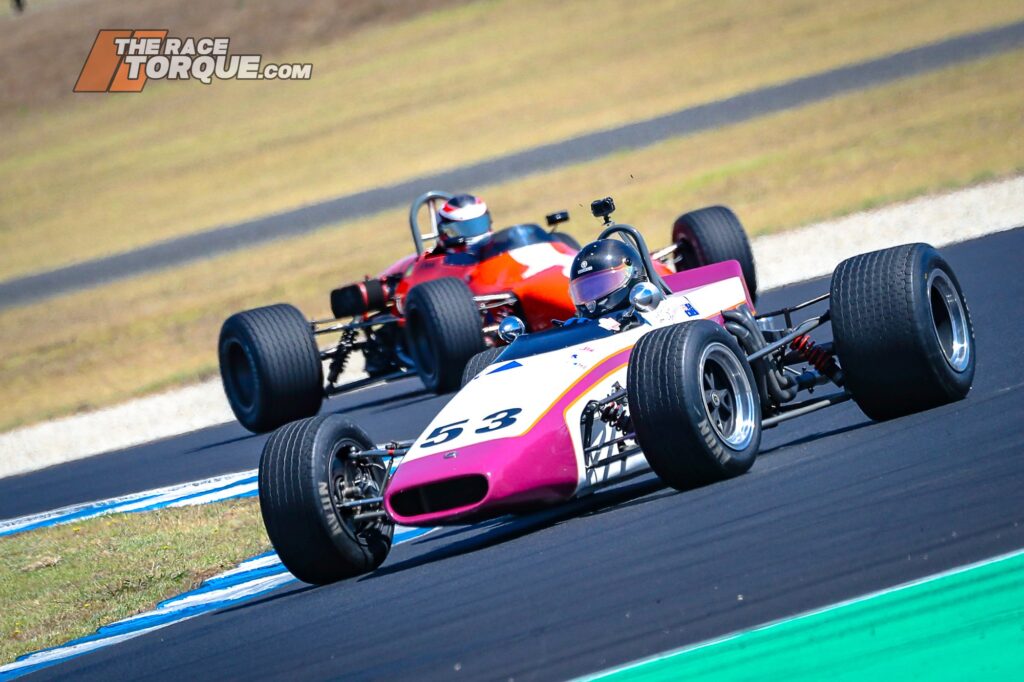
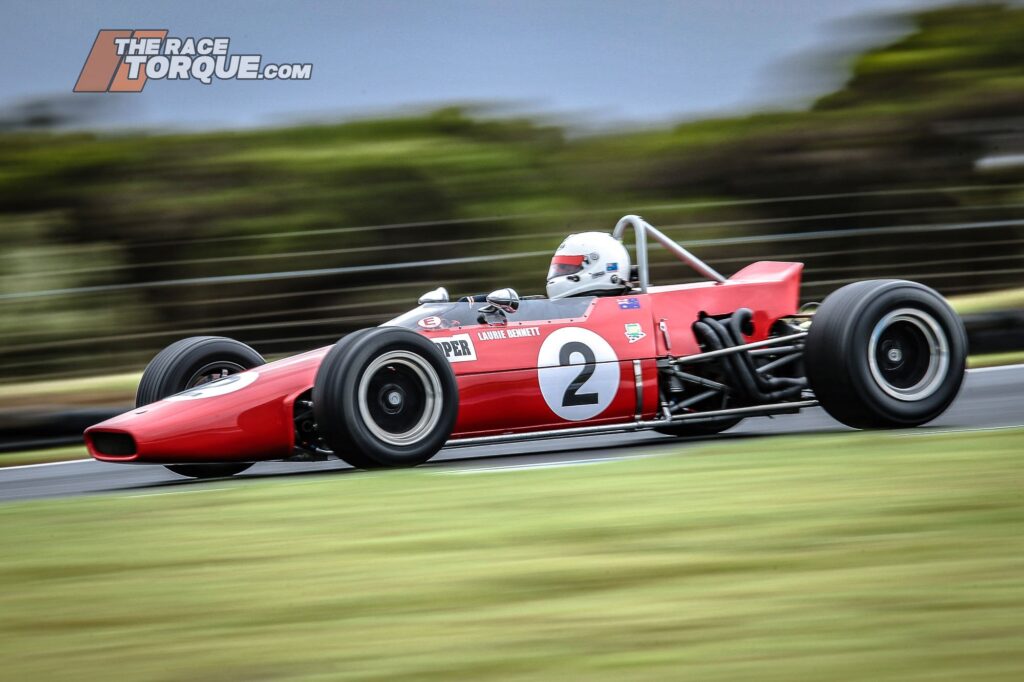
A Heritage of Winning
The story of Elfin is one of competition success across a wide range of disciplines.
From big V8-powered open-wheelers and sports cars to entry-level Formula Vees, the company has engineered a generation of racers that have been proven on track.
Much innovation has been thrown into the mix, too. Take, for instance, the ultimate MR9 from 1980, the only F5000 car worldwide to be built around ground effects and the first locally produced machine to delve into the dark art.
All told, Cooper produced 27 different models and a total of 248 cars, which amassed an incredible 29 national championships and major titles, figures that stacked up globally at the time.
From the Australian Formula Junior Championship to Australian 1.5litre/Formula 2, the CAMS Gold Star, the Australian Sports Car Championship, the Australian Tourist Trophy, the Australian Driver to Europe Series, the Rothmans International Series, and the Australian Hillclimb Championship, Elfins also tasted success abroad, such as in the New Zealand, Singapore and Malaysian Grands Prix, plus the New Zealand Formula Ford Series.
The list of Elfin drivers is a who’s who of motorsport.
From Cooper himself to Frank Matich, Larry Perkins, F1 Champion James Hunt, F1 ace Didier Peroni, Vern Schuppan, John Bowe, Bob Jane, Allan Grice, John Harvey, Peter Larner, John McCormack, David Oxton and many, many more.
Impressively, a very high percentage of the Elfins produced continue to race on in historic competition to this day.
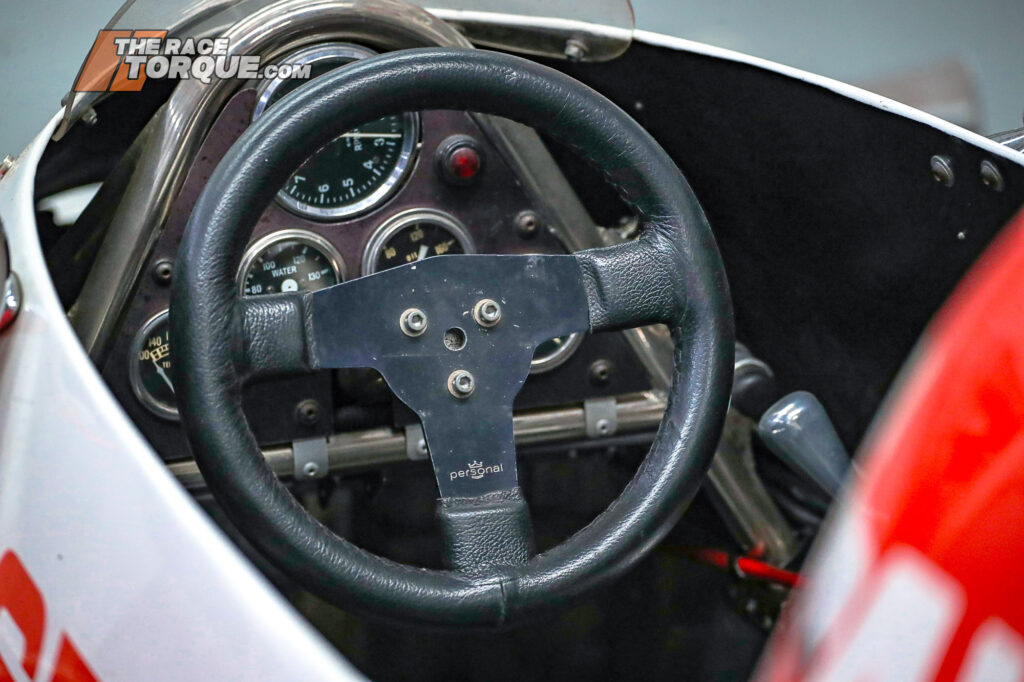
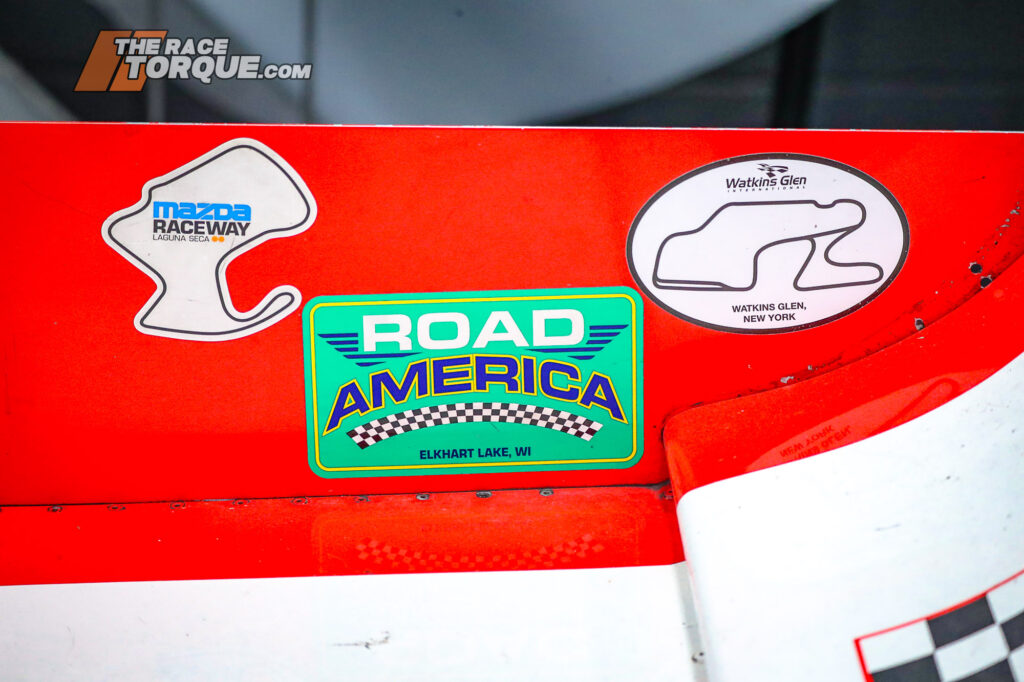
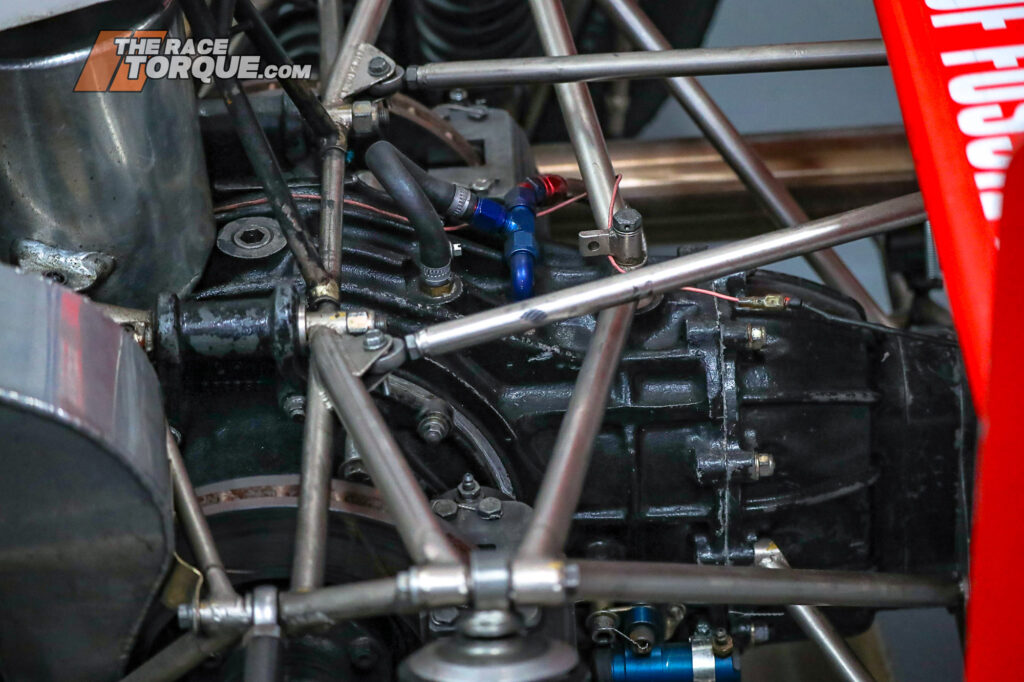
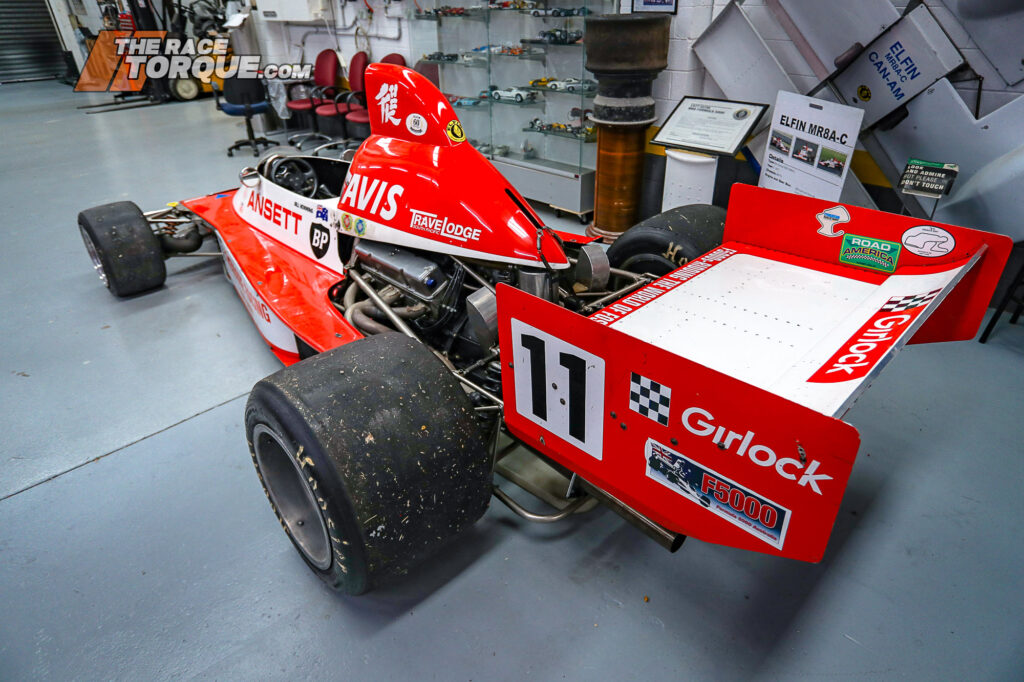
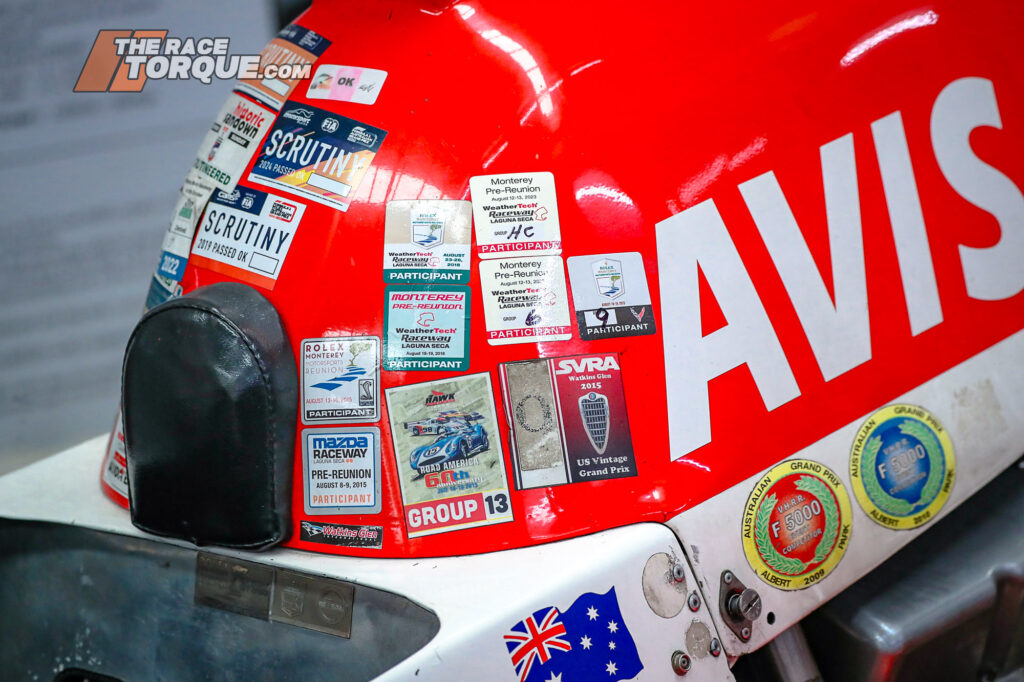
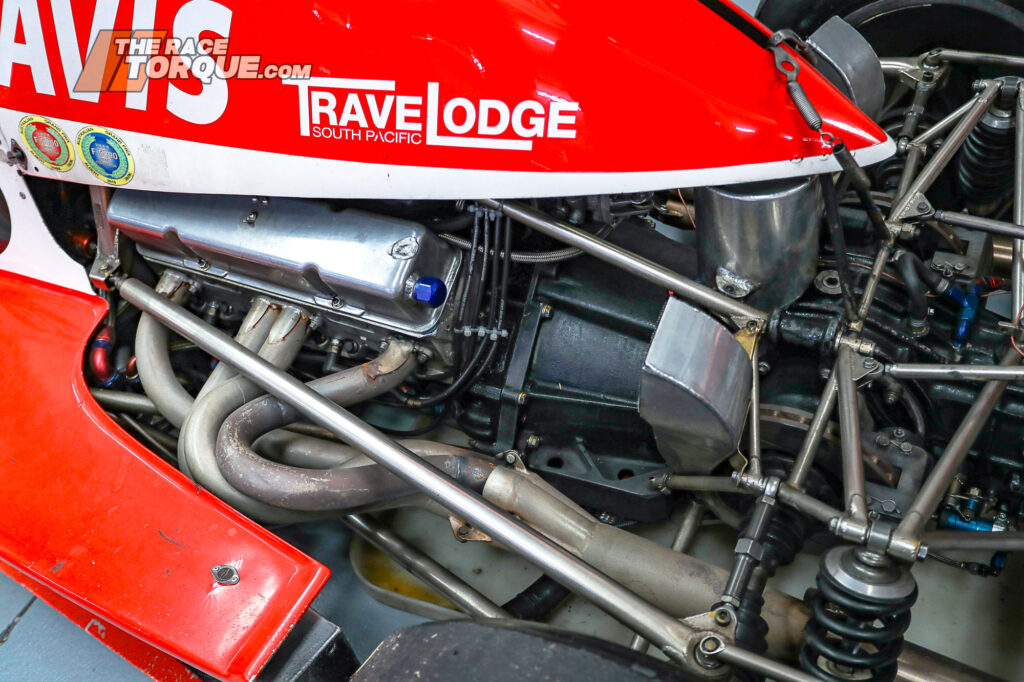
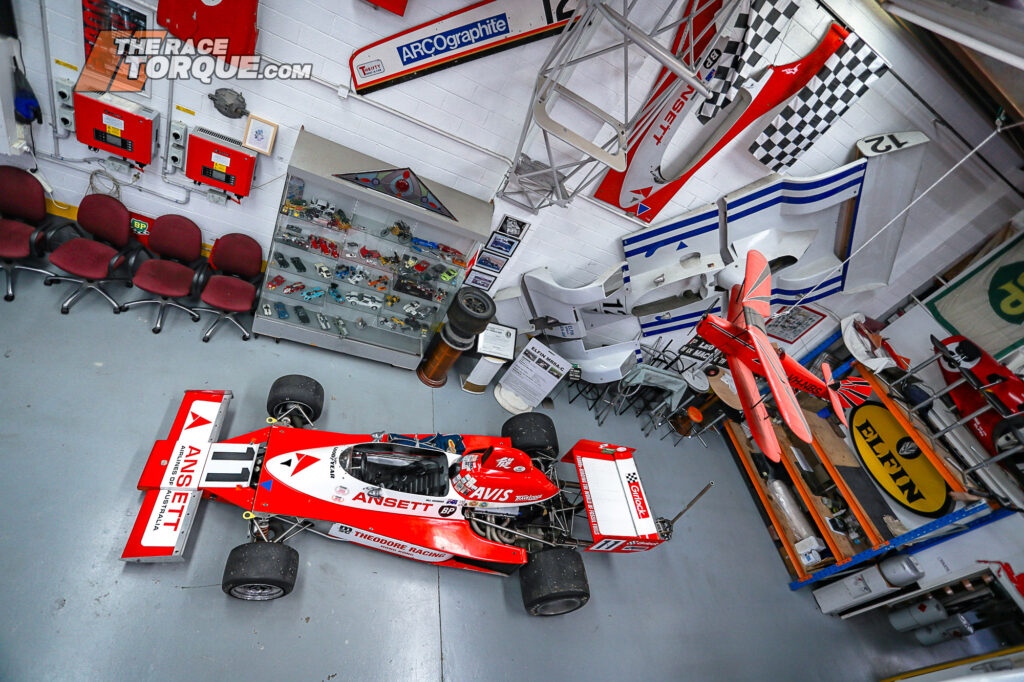
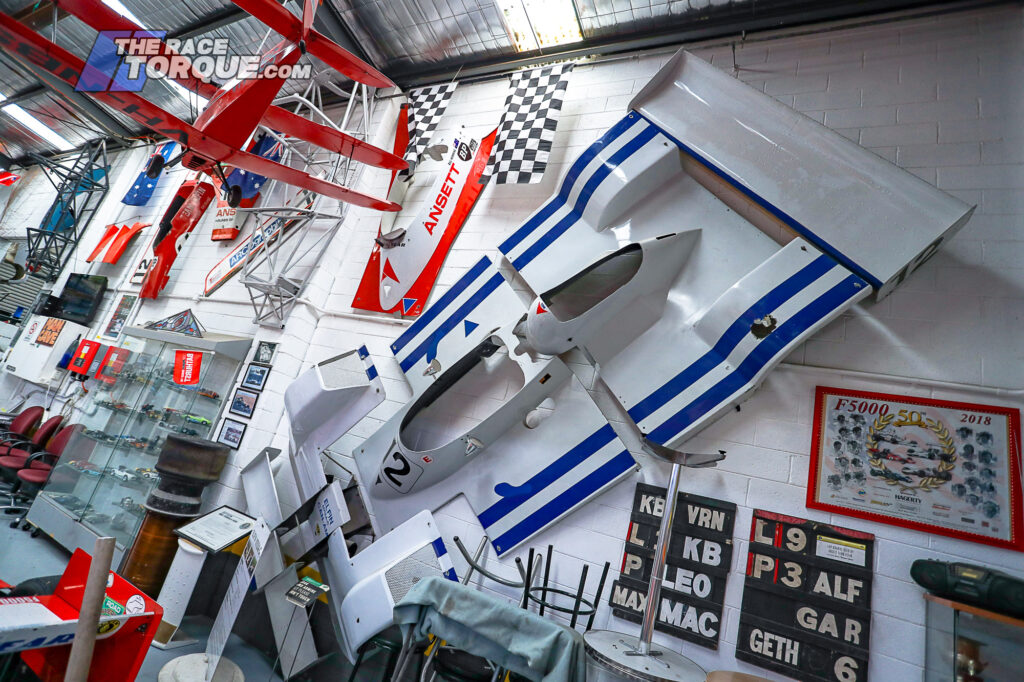
Some of the cars on display at the time of our visit are rolling museum pieces.
Take, for instance, the MR8A-C F5000, above, restored to its memorable Ansett red and white hues.
Originally built for Vern Schuppan, the car was involved in the tragic crash that claimed the life of Max Stewart at Calder Park. After that, it had a Can-Am body fitted, then raced with distinction across North America for two and a bit years.
Subsequently, it has been restored to its open-wheel roots and has been a mainstay of local historic competition since 2001. The car brings back memories of former pilots of the MR8 breed, including Hunt, Perkins, Bowe, Cooper, and Bryan Thomson.
Meanwhile, the original sportscar shell continues to hang on the wall of the Heritage Centre.
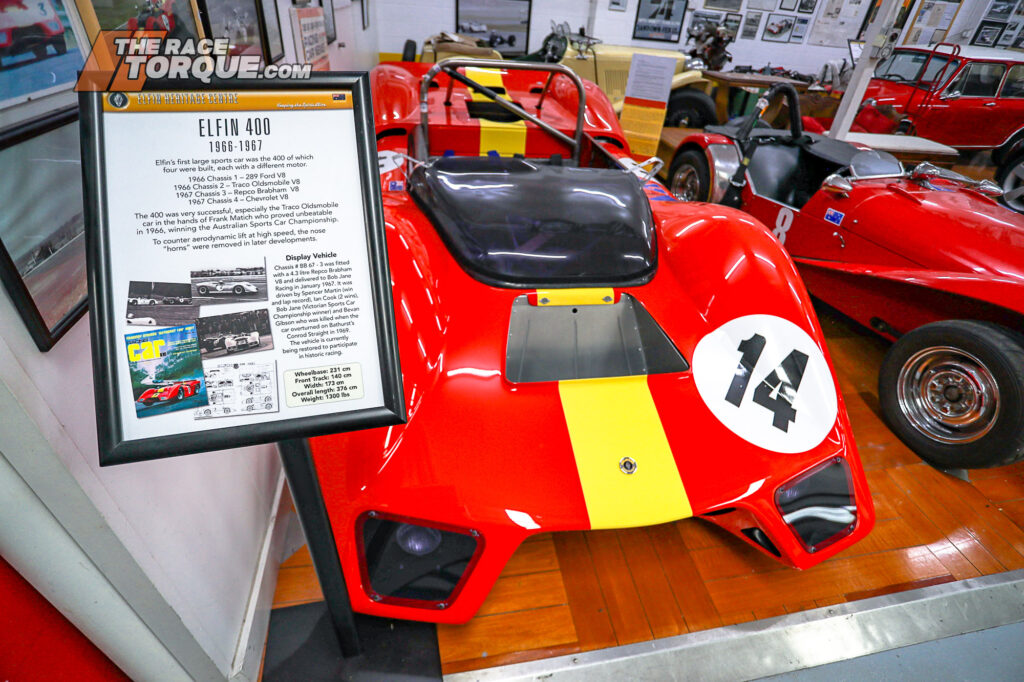
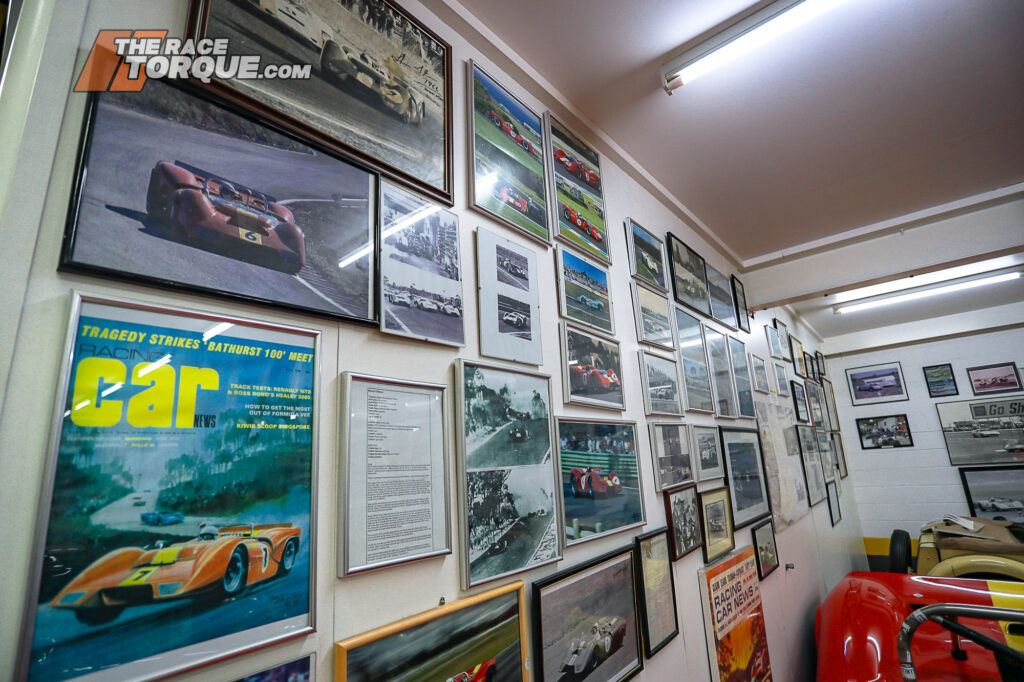
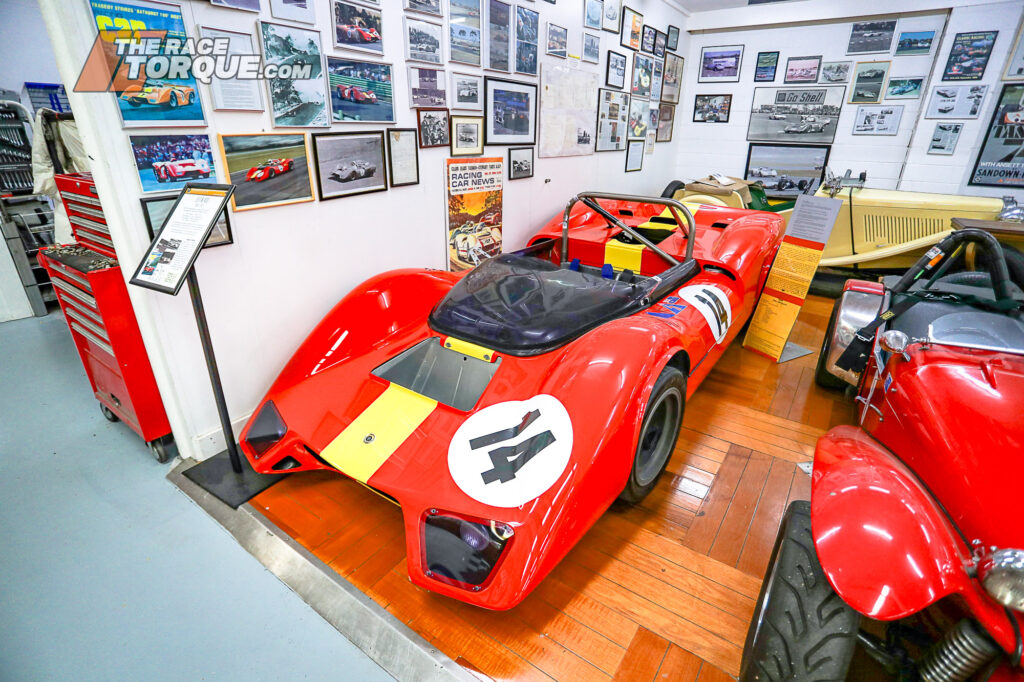
Another star of the show is the Elfin 400 sports car, one of four of the model that were produced, each with its own bespoke powerplant – either a 289 Ford V8, a Traco Oldsmobile V8, a Repco Brabham V8 or a Chevrolet V8.
The car on display was originally fitted with the Repco Brabham V8 and delivered to Bob Jane in January 1967.
Decked in Jane Racing orange and yellow, the car was utilised by Jane, Spencer Martin, Allan Moffat and Ian Cook before it ultimately claimed the life of 23-year-old Bevan Gibson at Bathurst in 1969, who launched off the final hump on Conrod Straight.
When repaired, the car raced on through multiple owners, before Hemming acquired it and restored it to the specification in which it ran up until Gibson’s tragedy.
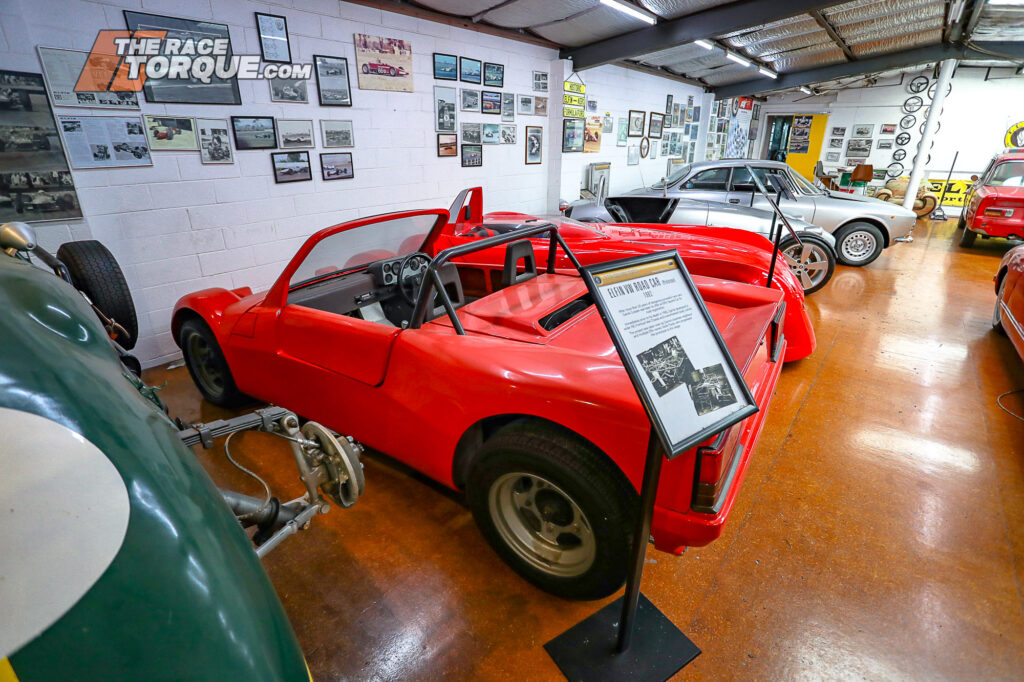
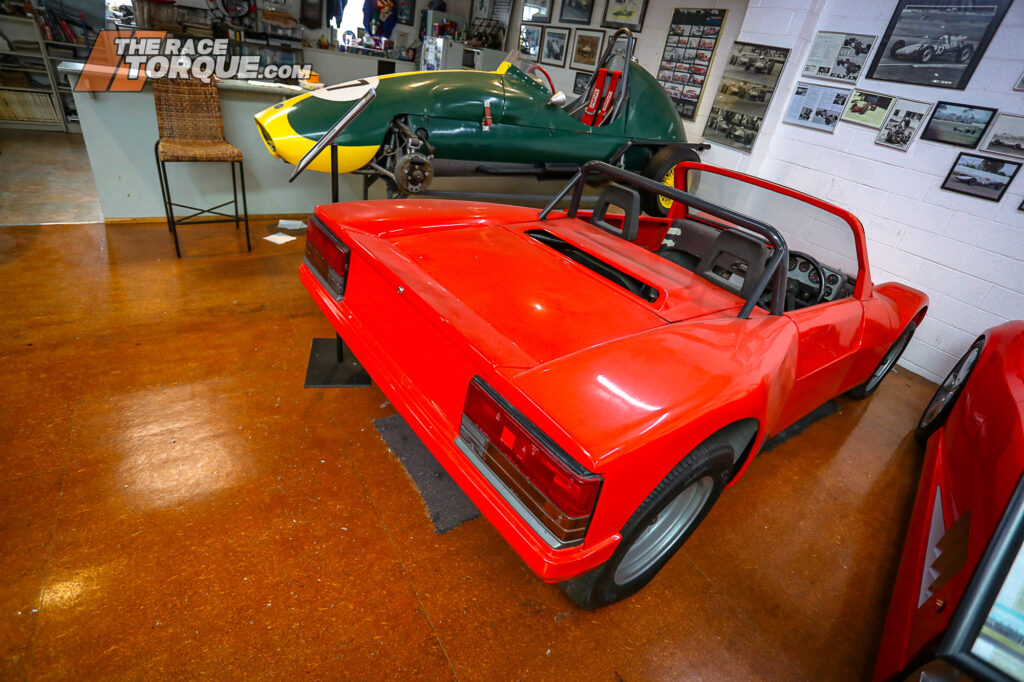
A quirky addition to the display is the Elfin VW Road Car Prototype, as based on a Formula Vee chassis, Cooper’s final project before his untimely death.
The collection also features more contemporary road cars from the marque.
Included are the MS8 Streamliner and the MS8 Clubman, as well as the more conventional Type 3 Clubman, of which 70 were produced from 1998-’07.
Also on display are a range of eclectic road cars from Hemmings’ collection.
One machine missing at the time of our visit was Hemmings’ Elfin Formula Junior, which is perhaps the best-raced car in Australian motorsport history.
In addition to all of the circuits of Australia, the car and driver have toured South Africa, Europe and North America.
Unfortunately, it was taken out in a significant accident at the recent Historic Winton event and is undergoing major surgery to be brought back to life.
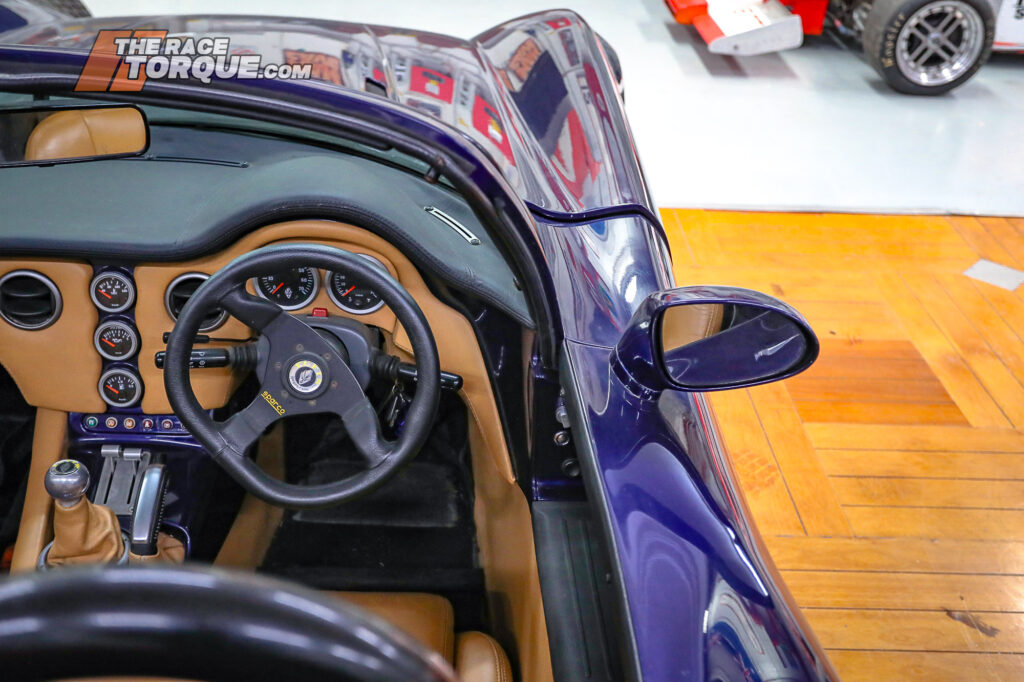
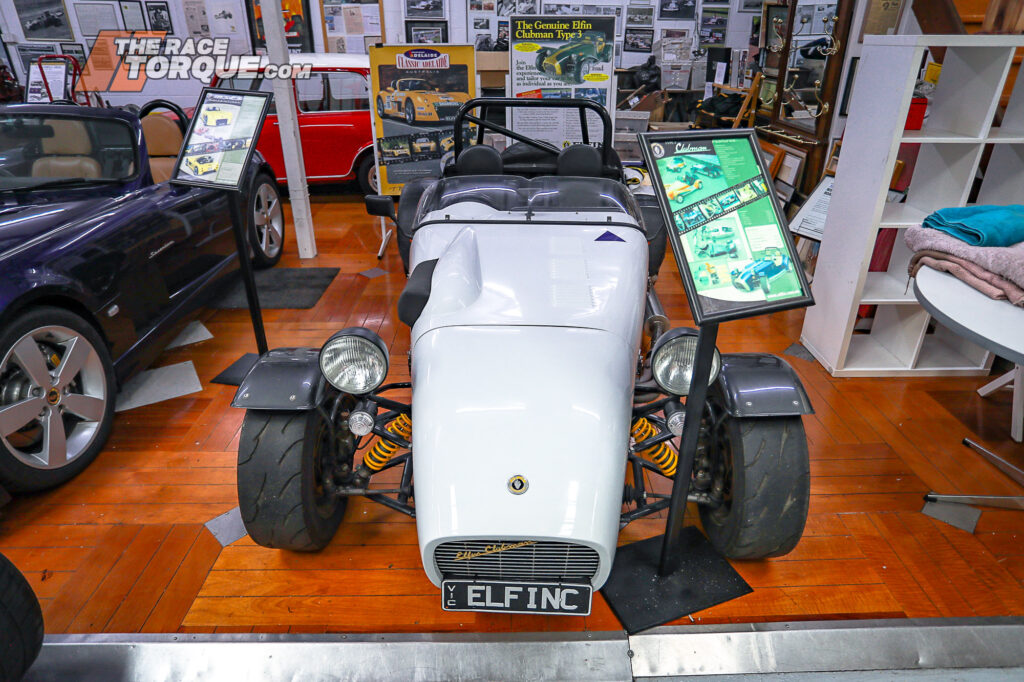
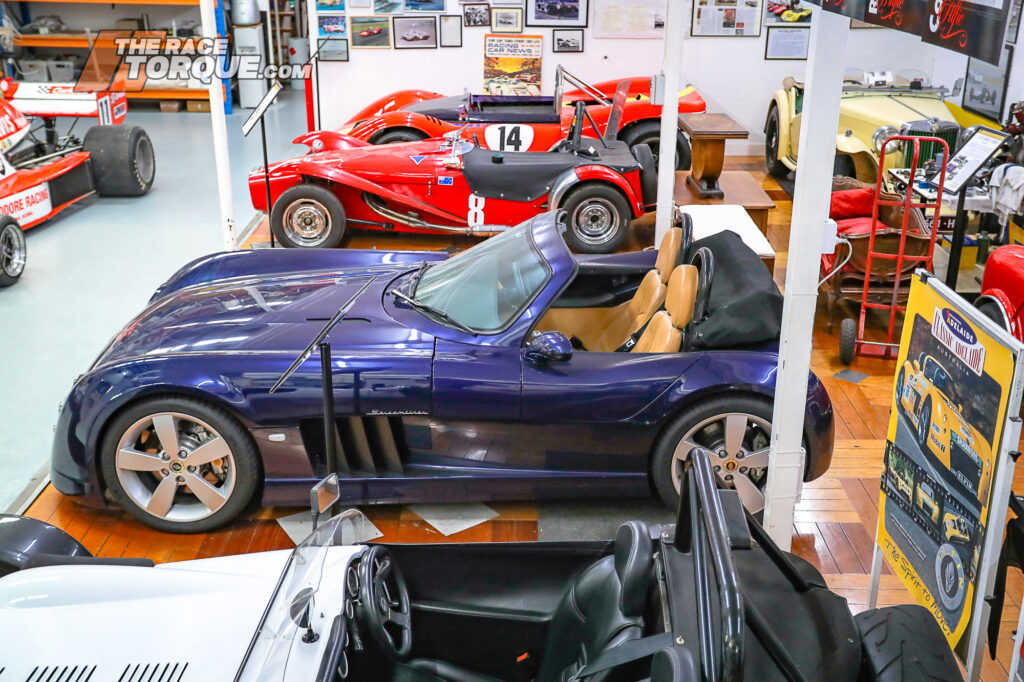
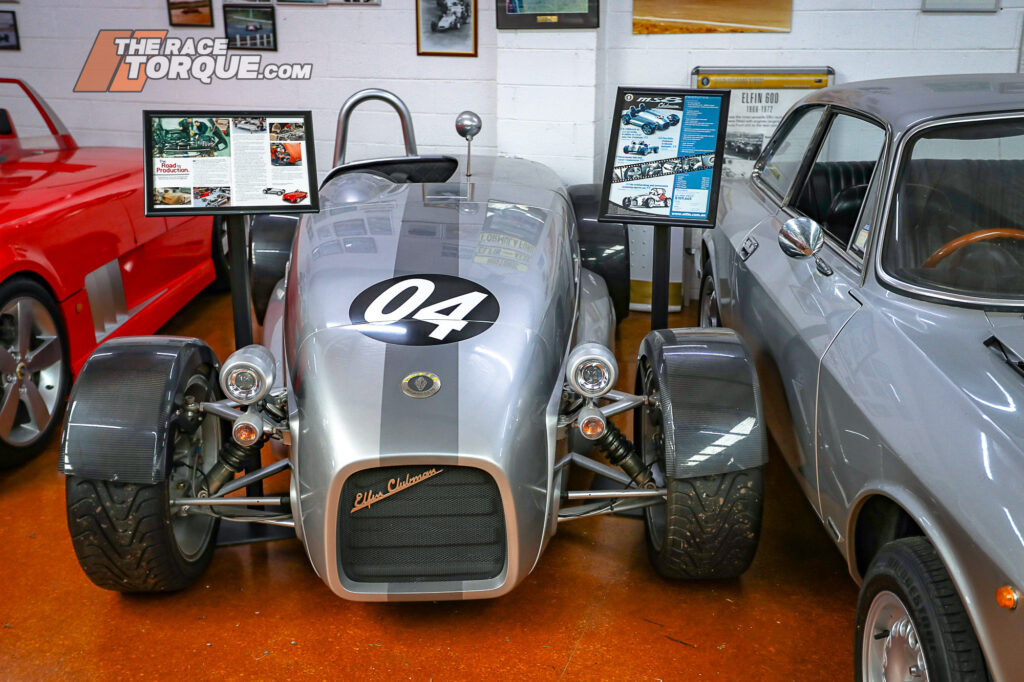
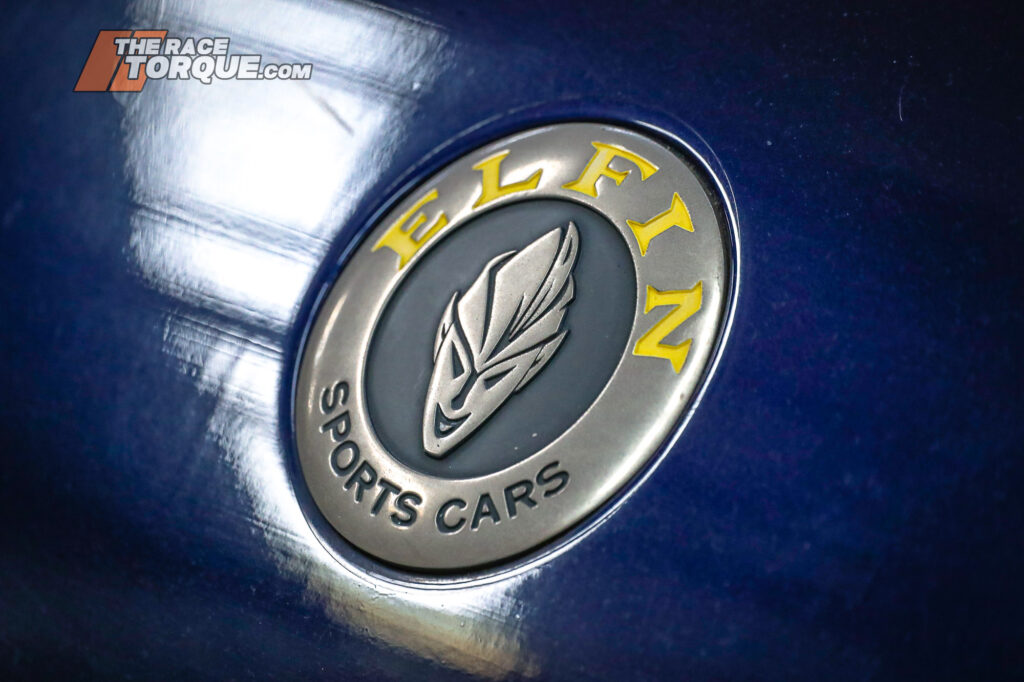
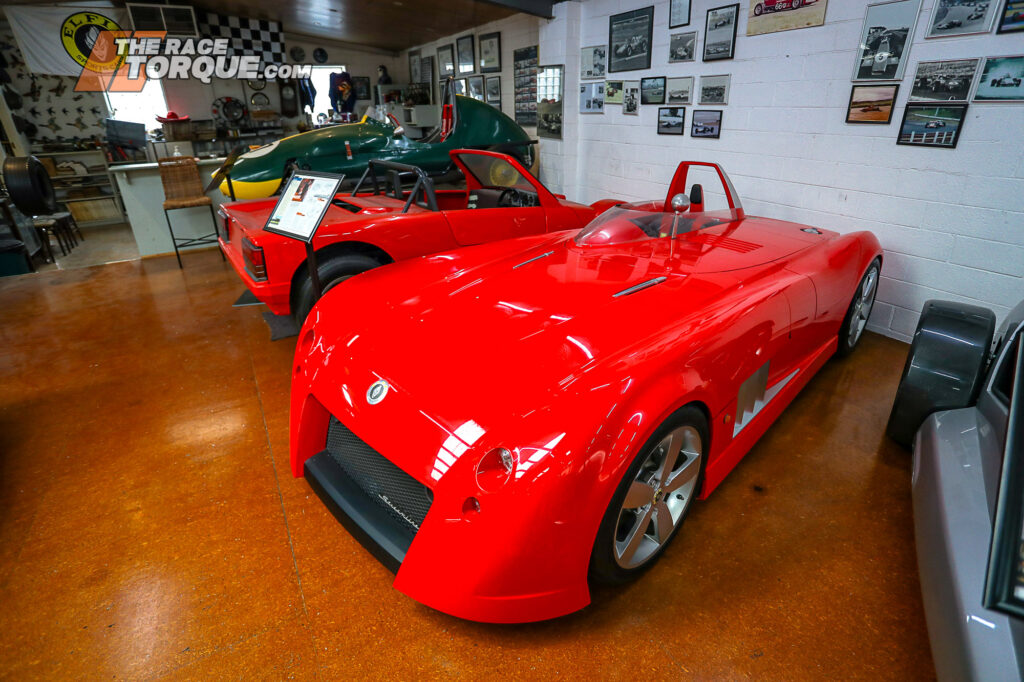
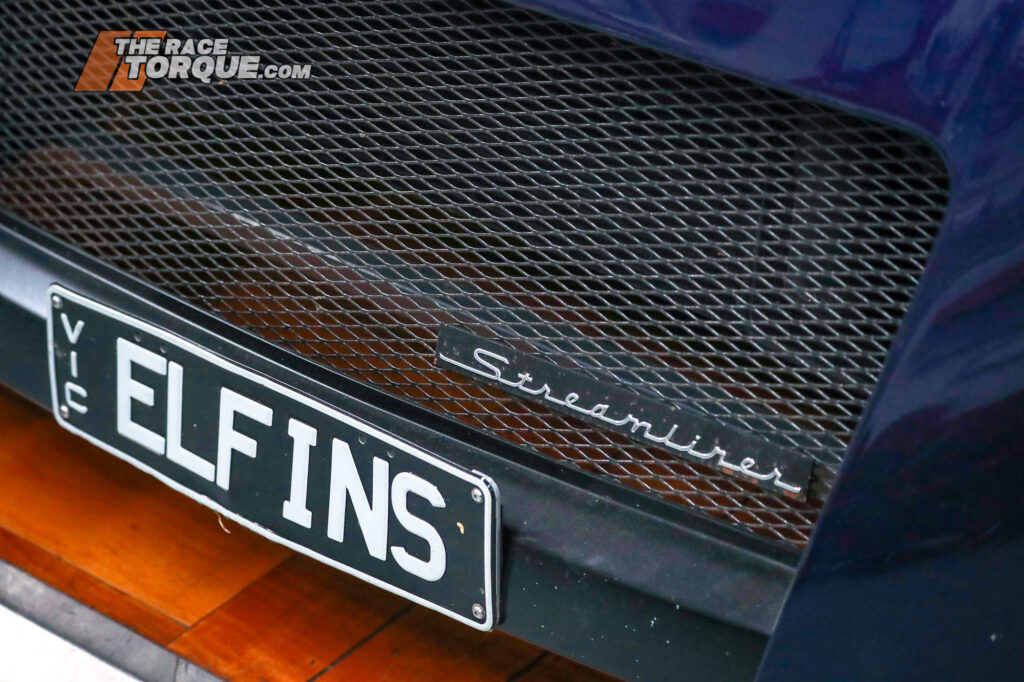
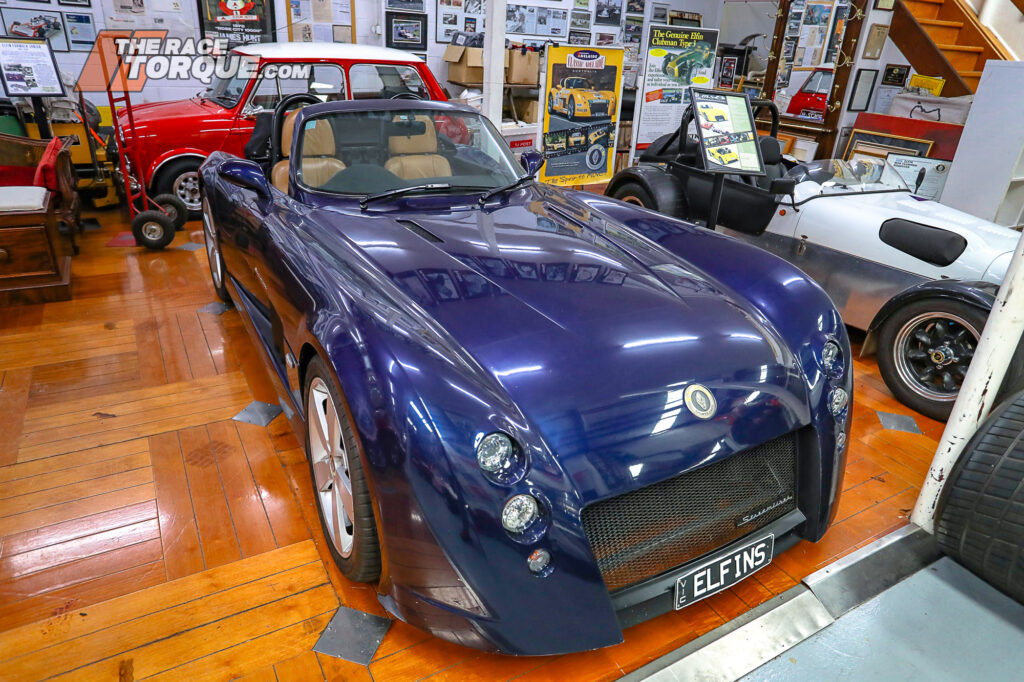
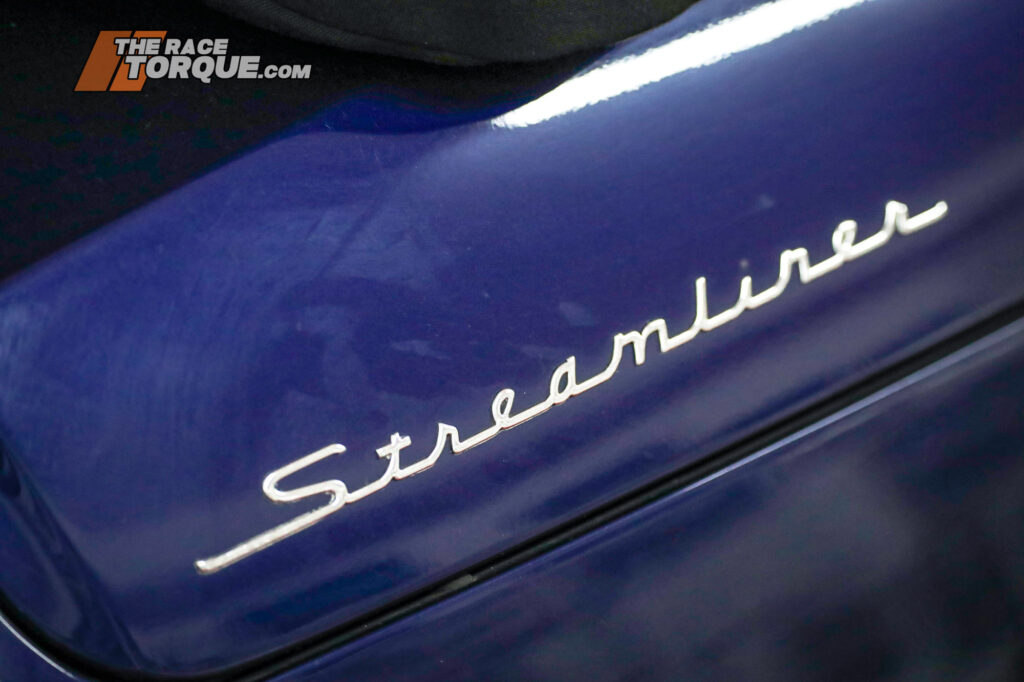
The Elfin Heritage
Founded in 1959 in Adelaide, Elfin became synonymous with success on the racetrack.
Following Cooper’s passing in 1982, the company was purchased by Don Elliot, Tony Edmonson and John Porter, who continued servicing the existing clientele.
In 1993, the business was acquired by Murray Richards, who set about building the Type 3 Clubman.
In failing health, Elfin was then sold to Hemming and business partner Nick Kovatch in 1998, and was relocated to Melbourne.
A collaboration with General Motors Holden saw the MS8 Streamliner debut at the Melbourne International Motor Show in 2004, going from sketch to running prototype in only 12 weeks, complete with a GM Gen III V8 powerplant.
The two models of the car went into production in 2006, followed by the more entry-level turbocharged four-cylinder T5 Clubman.
Later that year, the company was purchased by Tom Walkinshaw, with Elfins made available for purchase via select HSV dealerships.
The company resided in the Walkinshaw family portfolio following his death, and production of the new cars ceased in 2012.
The latest move for the brand has seen it purchased by the Young Timers Garage, under the guidance of Shaun Baker, Steven Baker and Phani Bhogavalli, who plan to revive the nameplate.
